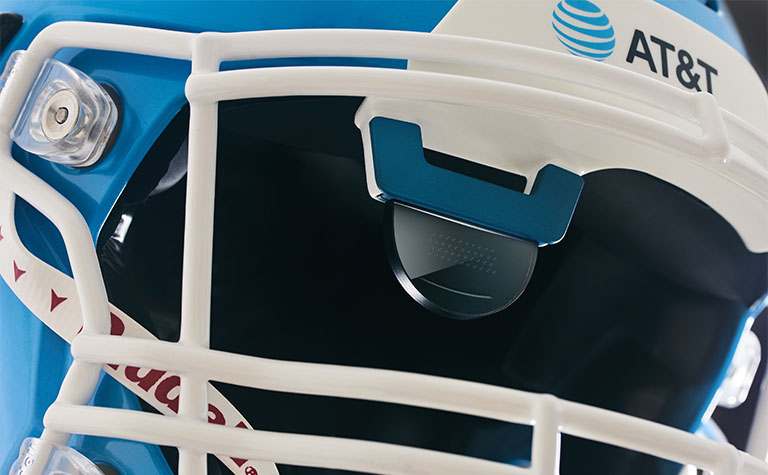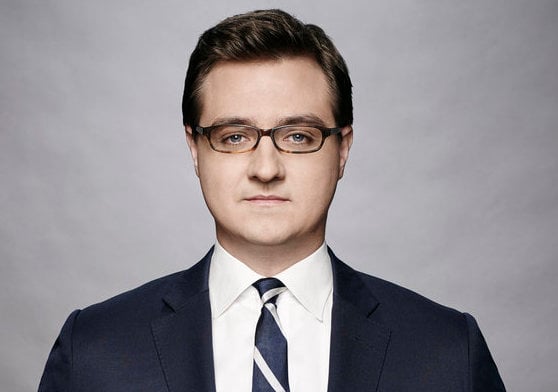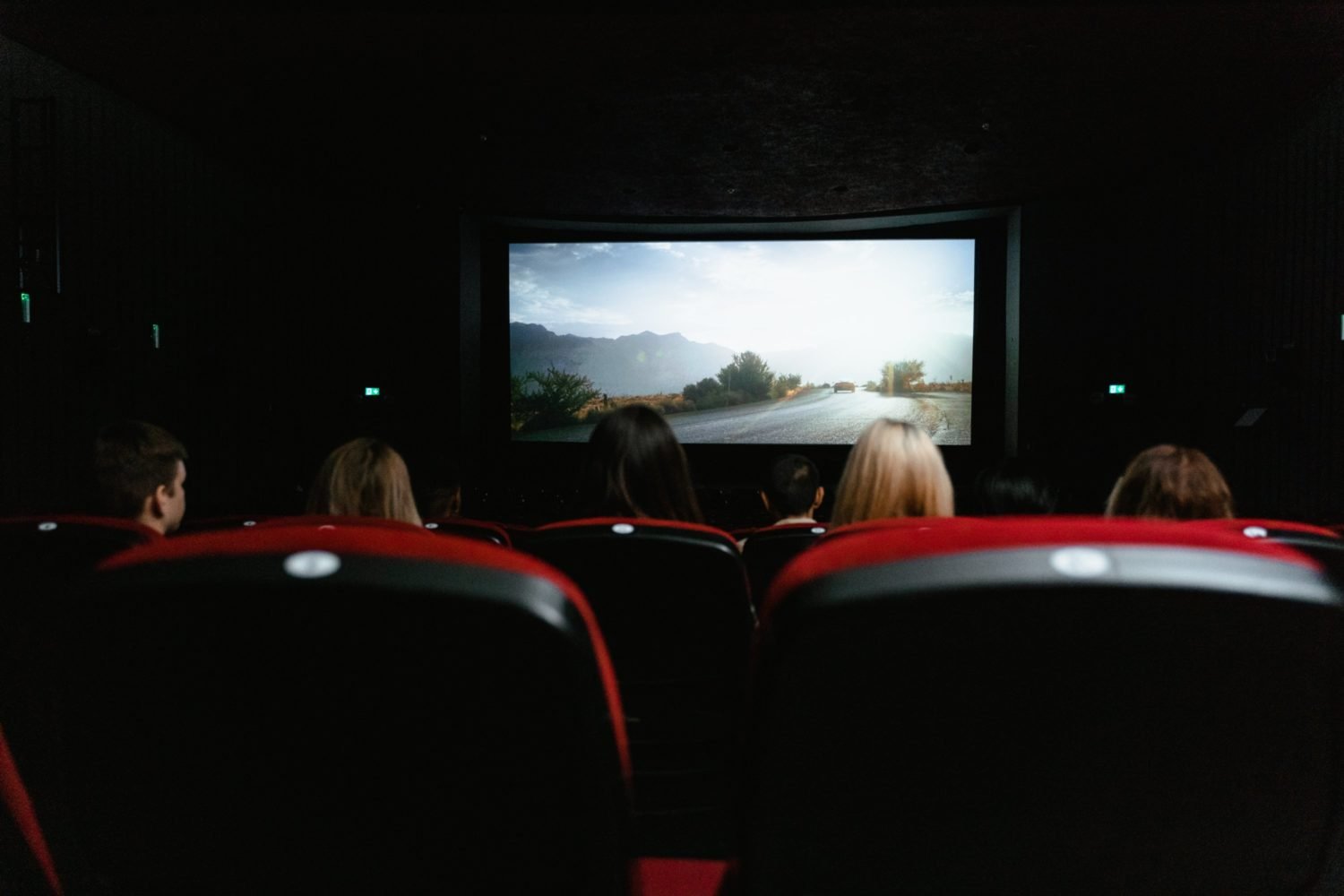In 1894, Gallaudet University quarterback Paul Hubbard was giving his deaf teammates the rundown of the play they were about to execute. The only problem: The opposing players were also deaf and would be able to tell what Gallaudet was planning by reading the American Sign Language Hubbard used to communicate. So the QB told the team to gather around him in a tight circle, preventing the other team from seeing their plans. Just like that, the huddle was born.
More than 100 years later, Gallaudet has revealed a piece of technology that could earn them another spot in the sport’s history: a helmet specially designed to allow coaches to communicate with deaf and hard-of-hearing quarterbacks using augmented reality. The helmet will make its debut this Saturday at noon at Gallaudet’s Hotchkiss Field, where the team will use it in their game against Hillbert College.
For the past two years, Gallaudet has been working with AT&T to develop the helmet. From the sidelines, coaches can use a touchscreen playbook to send the play to a microprocessor in the helmet using 5G. Then a transparent lens located at the top of the quarterback’s field of vision displays the selected play.
The technology could have uses beyond just sending in plays. The helmet could alert players to when a play is over, for example, which would help deaf players avoid late-hit penalties. Gallaudet head coach Chuck Goldstein thinks it could have a big impact on all levels of the sport: “If there’s somebody deaf or hard of hearing in high school or youth football, and they’re the only deaf kid on the team, this would be a game changer for them.”
And while this tech is right now meant for deaf and hard of hearing players, it could be of great help to hearing players as well. Right now, NFL plays are communicated to quarterbacks by an audio system in the helmet, and just a few weeks ago, Vikings quarterback Kirk Cousins couldn’t hear the play call from his coach over the sound of the crowd and ended up throwing an interception and costing his team the game. In the future, play clocks could be displayed so delay of games are less frequent, and visual indicators could unify an offense during a silent count.




















